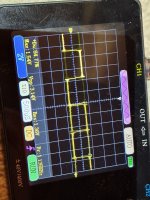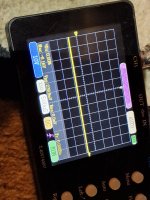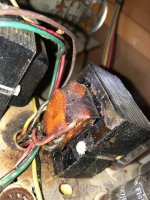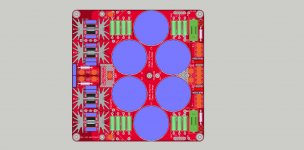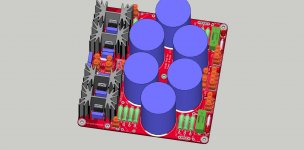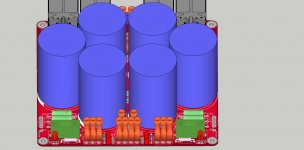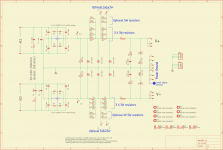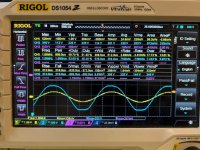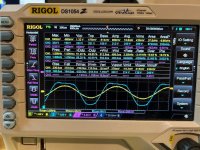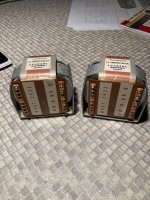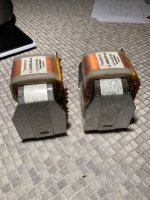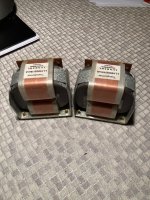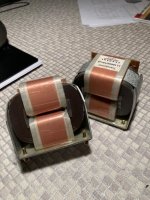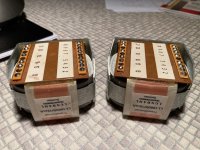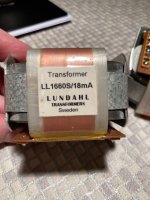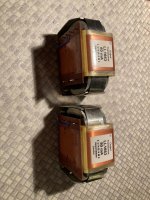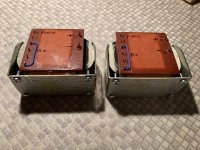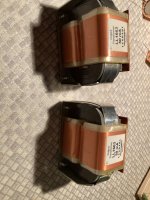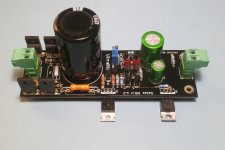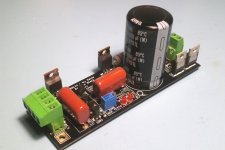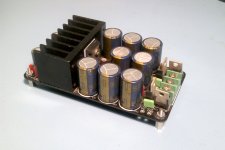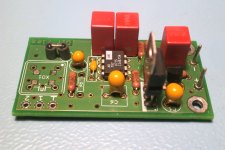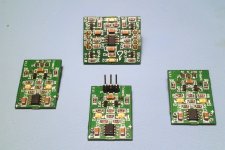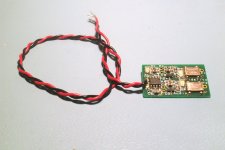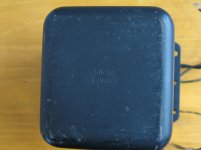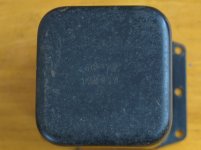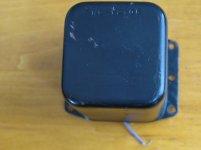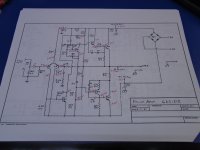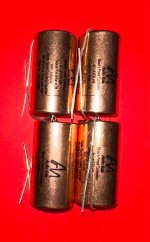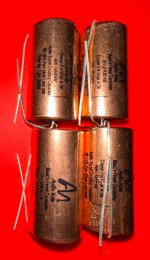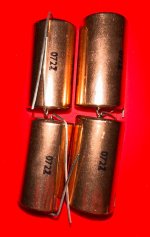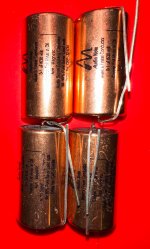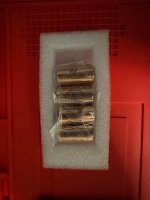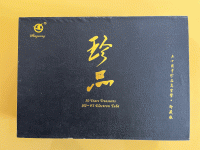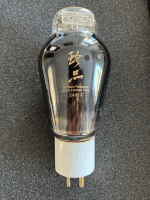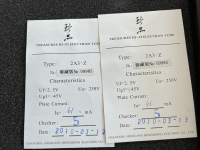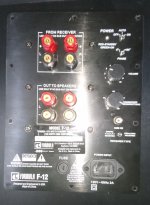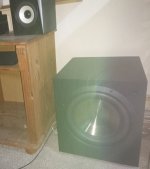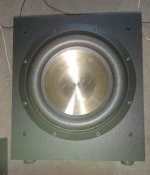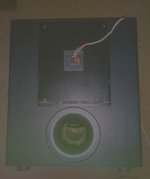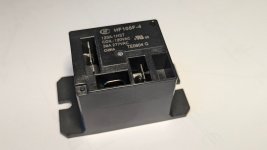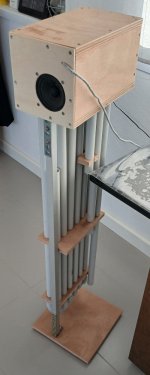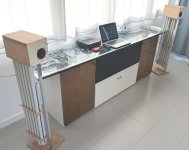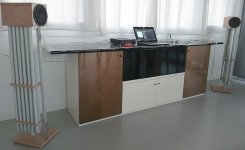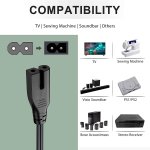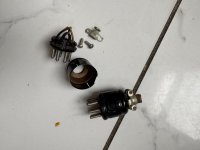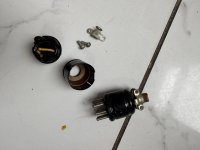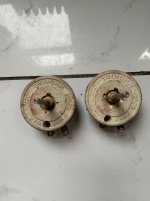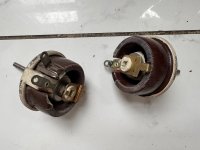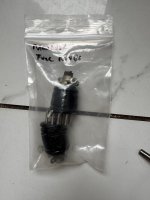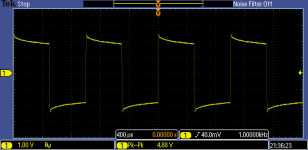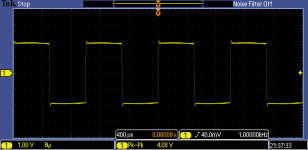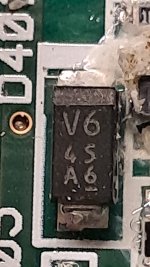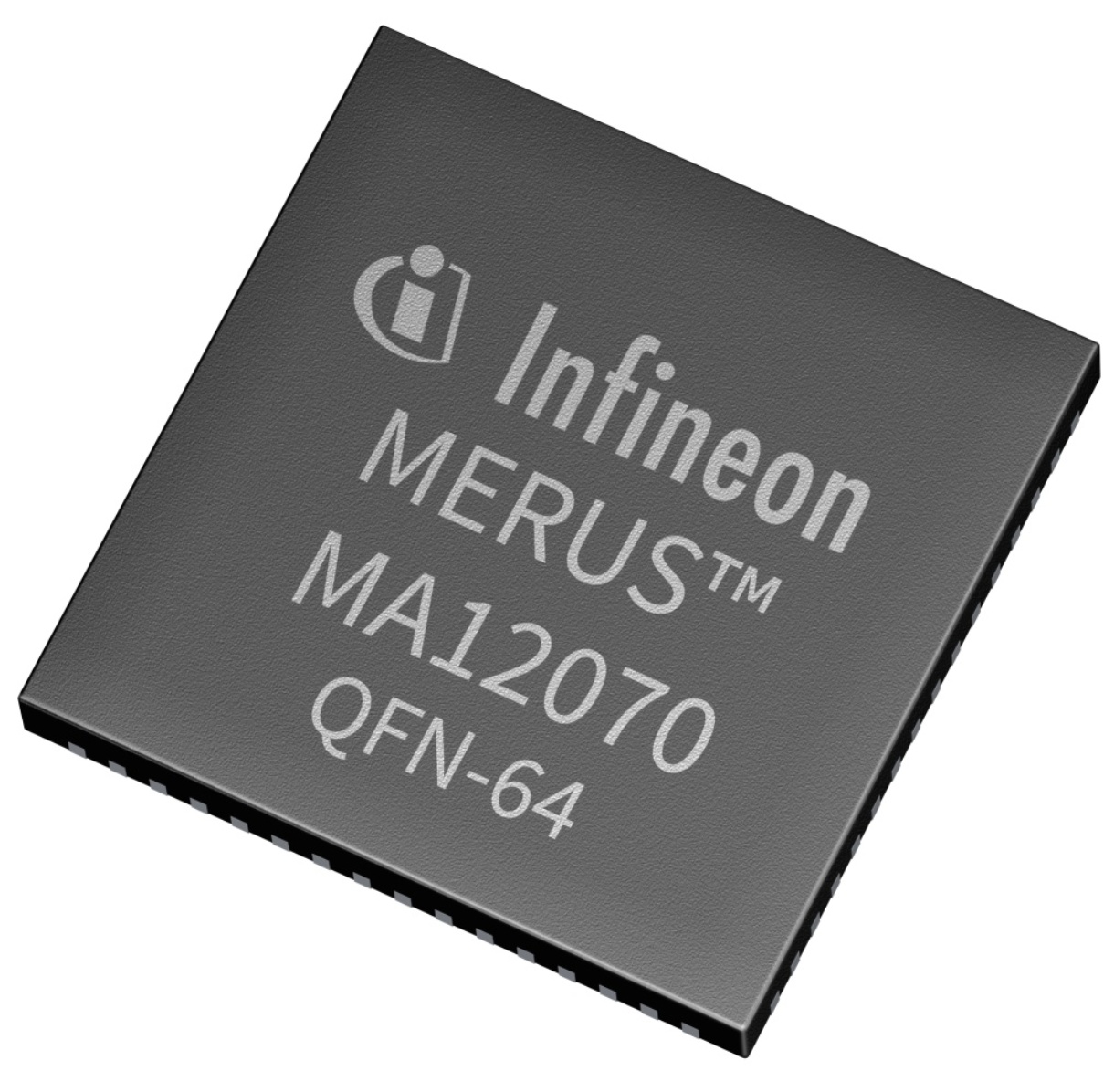FALK PA01
Backround
I'm working on my first DIY audio project. I need a new preamp and wanted to build something instead of buying something off-the-shelf. I also wanted something modular so I could swap things out over time and pretty much start simple and get more complicated if I wanted to.
That expanded to a new idea: what if you could build a set of modules so anyone could take the designs/PCBs and build their own preamp from the components, swapping out mine for their own designs where wanted. For example, a few different volume control options (pot vs. attenuator) and you pick the one you want and build it. I'm not setting out to design every possible board, so feel free to ask for something or even design your own PCBs and submit them here so others can use them - this can be a community project!
So, goals are:
- Options for Single Ended + Balanced design (end to end)
- Completely modular, so you can pick parts and add in others (buffers, RIAA stages, etc.)
- Can leverage other components
- Flexible design
- Offers both MCU-controlled and discreet controlled options
I'll be posting images of schematics, PCB designs, build files (Gerber) and BOMs for everything. I'd really like to get some feedback on the schematics and PCBs to make sure I'm not making any mistakes along the way!
Advanced Control Board (ESP32)
The advanced control board hosts the MCU (in this case an Espressif ESP32-WROOM-32U). This is the module
without the built-in antenna, so you'll need a U.FL antenna. The board can be configured with either a Bluetooth or IR remote.
This board accepts input via buttons and shows state via the Screen Board. It connects to the other audio board using the Chain connector, which provides power (5V) and control (i2c). The Control Board turns on and off the other boards by switching the 5V rail on and off. Some boards (including opamp-based boards) will need dedicated power supplies.
Orderable BOM Mouser (includes transformer and FTDI programmer)
Code GitHub - gilphilbert/falk-pa01-advanced: ESP32 code for FALK-PRE-01
Basic Control Board
The Basic Control Board offers the same
basic functionality as the Advanced Control Board. It uses an i2c connected LCD as the ATMega isn't powerful enough to drive the big screen used in the Advanced configuration. Other than that, it's compatible with all other boards. This board offers IR for remotes only.
Orderable BOM Mouser (includes transformer and ICSP programmer)
Code GitHub - gilphilbert/falk-pa01-basic
Volume Relay Board
The Volume Control board is designed to be deployed in either a single-ended or balanced mode. For single-ended, use a single board and pair with the RCA input board. For balanced configurations, use two boards paired with the XLR board. They have the same i2c address configured, so the same command will be sent to both boards.
Orderable BOM Mouser
Balanced Input Board
This board supports 4 balanced inputs via XLR. Input 4 can also be single-ended (RCA), selected by an on-PCB switch.
Orderable BOM Mouser
Daughterboard
The input board supports a single daughter board that clips over the single-ended input and converts it to differential. When installed, the switches need to be flipped to RCA and the board will automatically connect to the input relay. When not installed, the RCAs on the input board can be used as desired, for a phono stage, etc. But the output from that stage back to the input board must be differential (or the fourth set of balanced inputs can be used). Requires a 15V dual rail PSU - power requirements are pretty low (since there are only two dual opamps). Use your own or my 15V dual rail PSU (coming soon!)
Orderable BOM Mouser
Unbalanced Input Board (8 RCA)
Output board
The output board features both XLR (Balanced) and RCA (Single-Ended) outputs. Either can be used and, with the optional Balanced > SE output daughter-board, both can be used at the same time.
Orderable BOM Mouser
v1.1 adds the optional daughterboard for balanced >SE conversion
Screen Board
This board is designed to be attached directly to a
NewHaven 3.12" OLED display (NHD-2.8-25664UCB2) using standard header pins. It connects directly to the Advanced Control Board.
Orderable BOM Mouser
Button Board
This board provides connections and debounce circuits for two rotary encoders for input.
Orderable BOM Mouser
v1.1 changes the capacitor footprints and spaces the encoders more widely to support larger knobs
v1.2 changes the layout to allow for one 48mm encoder knob and one 28mm knob
Mute Board
This board auto mutes the audio when power is cut. This board is optional but without it, standby and powering off the unit won't cut the audio.
Convenience Control Board
If you have a power control system (a line conditioner, etc.) that requires a mains-voltage trigger to power on/off equipment, this board can provide that switch based on the power state of the control board.
NoteI can't change the attachments, so ignore the below and instead
you can find the full set of designs in my Google Drive folder. In that folder you will find:
- Schematics
- PCBs
- GERBER files
I can also share the designs on EasyEDA if that's useful to anyone.
Any feedback would be greatly appreciated! I'll update this post as I build more modules.
Thanks for all the feedback, I hope these end up being useful to someone else.
